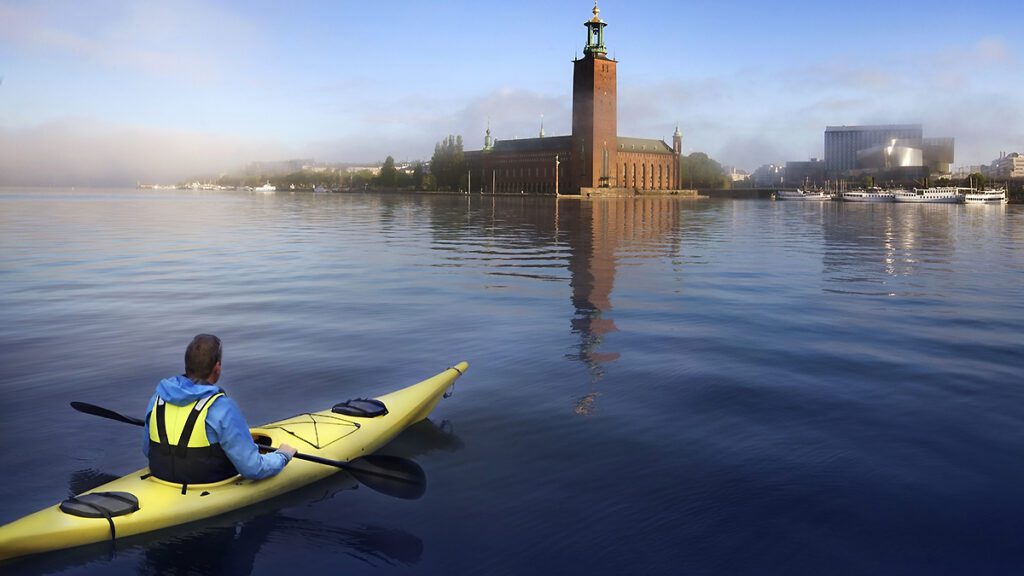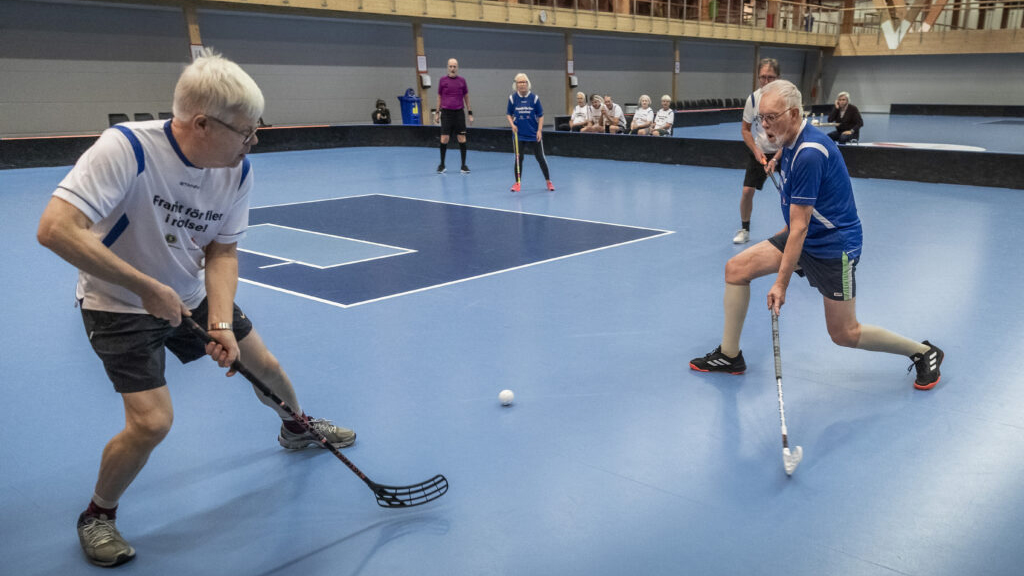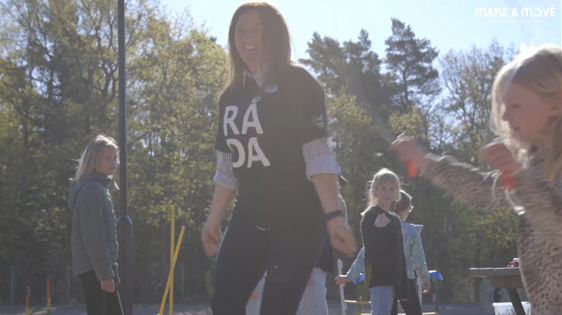At Brattåsskolan in Mölndal, a deliberate focus on recess and outdoor recreation has changed both the atmosphere in the schoolyard and in the classrooms. Through structured activities, clear assignments for staff and a belief that learning happens everywhere - including outdoors - the school's staff have seen positive effects on both students' safety and their learning and health.
- "Today we experience a more harmonious schoolyard. Fewer conflicts, significantly more play across age boundaries and a stronger social climate where students feel safe with other students and educators, says Matilda, one of the leisure teachers behind the initiative.
Structure, purpose and fun at break time
Break time at Brattåsskolan consists of both break time activities and a break room where pupils can borrow play materials. By creating a purpose for being outside, staff have seen how breaks have become more than just a break - they have become a place for development, initiative and fun. Watch the video about Brattås School's break room.
- Students express that they like to be outside, not only during school hours but also during free time. We think this is because they feel safe knowing that there are planned activities and know what they can do. Many also start their own games and activities, both individually and in groups - something we see as a sign of increased imagination and independence," says Joakim, after-school teacher at Brattåsskolan.
The initiative has had a positive impact both at break times and during lessons. Staff report happier and more energetic children, better concentration, increased creativity, more confident children, stronger friendships and greater responsibility. For school staff too, the initiative has led to clearer roles during break times and a shared understanding of why break times are so important for the whole school climate.
From schoolyard to forest - After-school activities with a big heart
In parallel with the break activities, Brattåsskolan started an outdoor after-school program in the autumn term of 2024, inspired by Eklandaskolan's long-term work. With the motto "anything you can do inside, you can do outside", the after-school activities are moved out into nature - with a strong emphasis on movement, collaboration, creativity and physical and mental health.
- "Our goal is to offer an alternative to the traditional after-school program where children can learn about nature, their local environment and be cared for by nature," says after-school teacher Daniel. He adds that spending time outdoors results in healthier children, less conflict, lower noise levels and less stress. Outdoor play also provides a learning environment where students learn with multiple senses and can play in a gender-neutral environment where they create play attributes from materials from nature.
Every day after school, the 41 pupils in grades 1 and 2 gather to go out to a place in the forest, where they are involved in both activities and responsibilities - from carrying materials to making fires and carving. Through knife school, cooperative exercises and natural materials as play attributes, children develop new skills and build relationships with nature. Looking for sticks that are suitable for sawing and then carving is a popular activity. Once the pupils have gone through the knife school and received their knife license, they can start carving in a specific knife area.
- Grilling your sandwich over an open fire is a highlight, but it's also a learning opportunity. "We talk about what it takes to build a fire and what rules apply in nature. It's learning with all the senses," says Niklas, Daniel's colleague at outdoor recreation.
Tips for other schools
The leisure teachers at Brattåsskolan are happy to share their experiences with other schools that want to invest in recess or outdoor leisure activities:
- Set aside time at the beginning of the academic year to create loan systems, visual aids and weekly activity schedules. Also set aside time for evaluation and follow-up.
- Dare to try new things! What works one week may not work the next - be responsive to students' interests and needs.
- Create structure with set activities and clear roles for staff. This creates security for both children and adults.
- Divide the school playground into different areas so that it is clear which caretaker is responsible for what.




